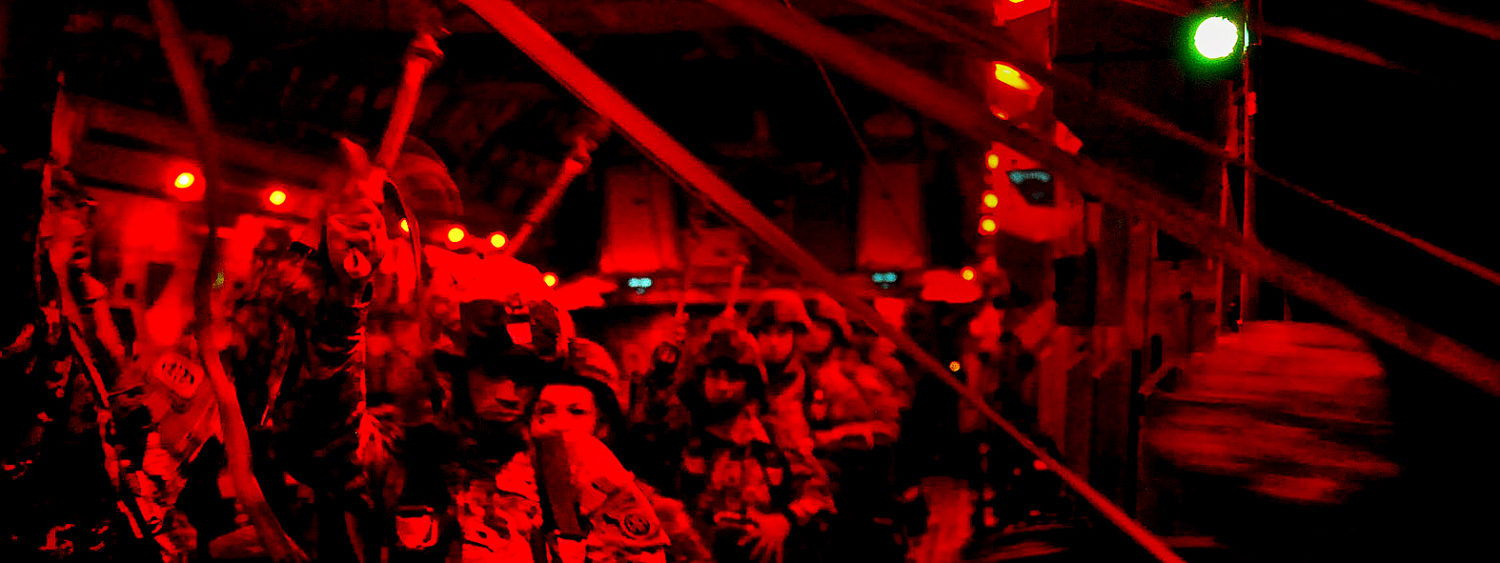How do small unit leaders get their subordinates to own their problems?
Inculcating ownership into your leaders can determine success or failure, smooth execution or frustration, system success or failure, and high or low performance.
There’s not enough time in a day to solve all the problems or challenges that a unit might face. Therefore, it’s vital that leaders understand how to ensure subordinate leaders take ownership of problems at their level and uphold their share of the task when solving both simple and complex problems.
Below are 5 tips to get your subordinate leaders to own their problem and think like problem solvers instead of problem passers.

U.S. Army Spc. Collin Hall, assistant gunner, and Spc. Areg Safari, M240 gunner, assigned to Charlie Company, 2nd Battalion, 35th Infantry Regiment, 3rd Infantry Brigade Combat Team, 25th Infantry Division, observe their assigned sector of fire from their defensive fighting position while they wait for the opposing force to attack their defensive positions at the Pohakuloa Training Area, Hawaii, Nov. 9, 2023, during the Joint Pacific Multinational Readiness Center (JPMRC) 24-01 rotation. JPMRC is the Army’s newest Combat Training Center (CTC) and generates readiness in the environments and conditions where our forces will most likely operate. JPMRC 24-01 includes over 5,300 training participants across the U.S. Joint Force, New Zealand, the United Kingdom, Indonesia, and Thailand. (U.S. Army photo by Capt. Angelo Mejia) (U.S. Army photo by Capt. Angelo Mejia)










